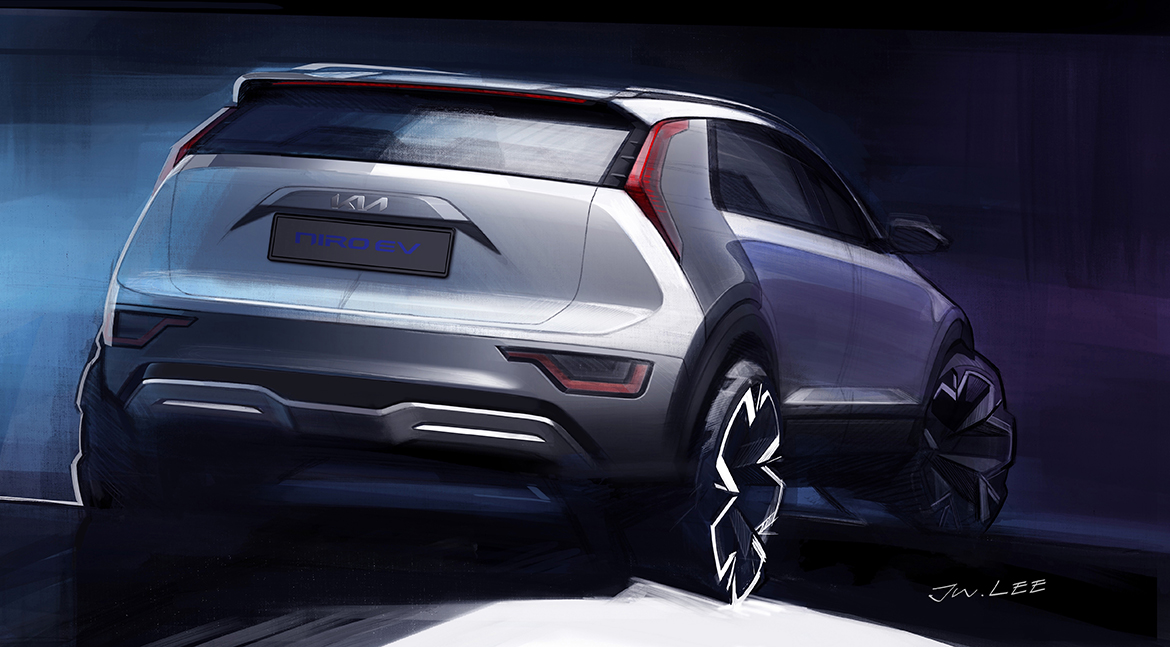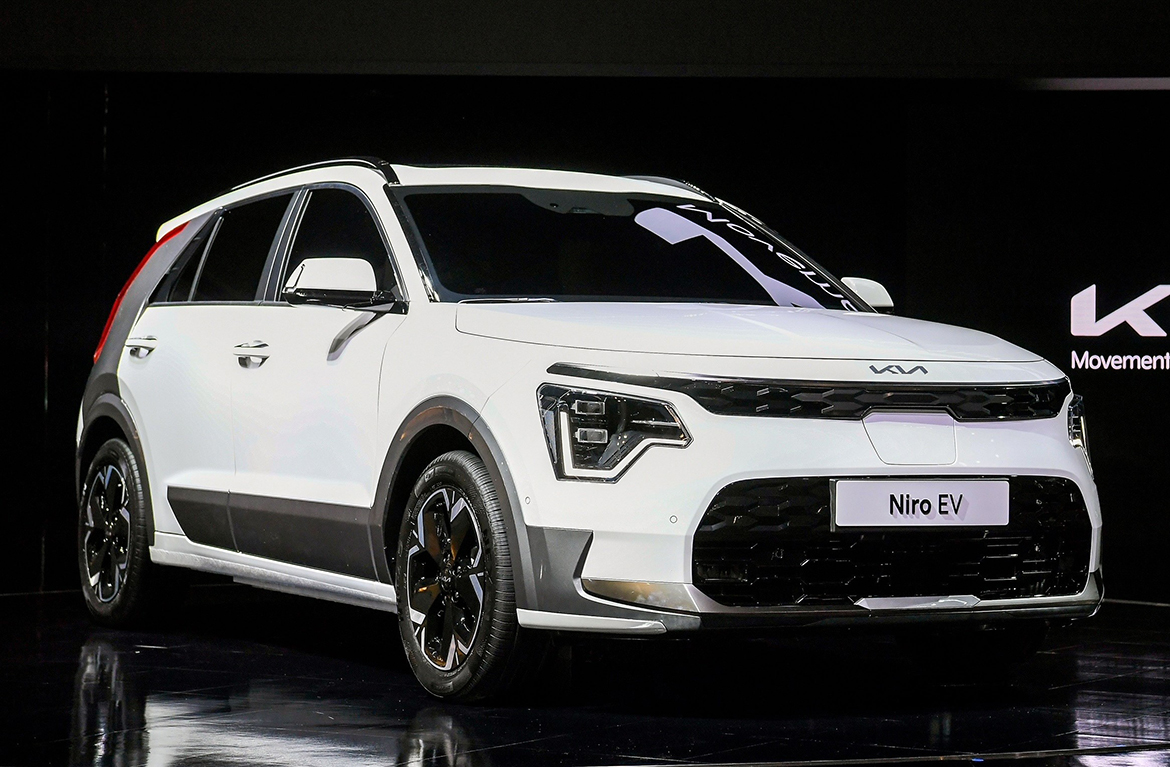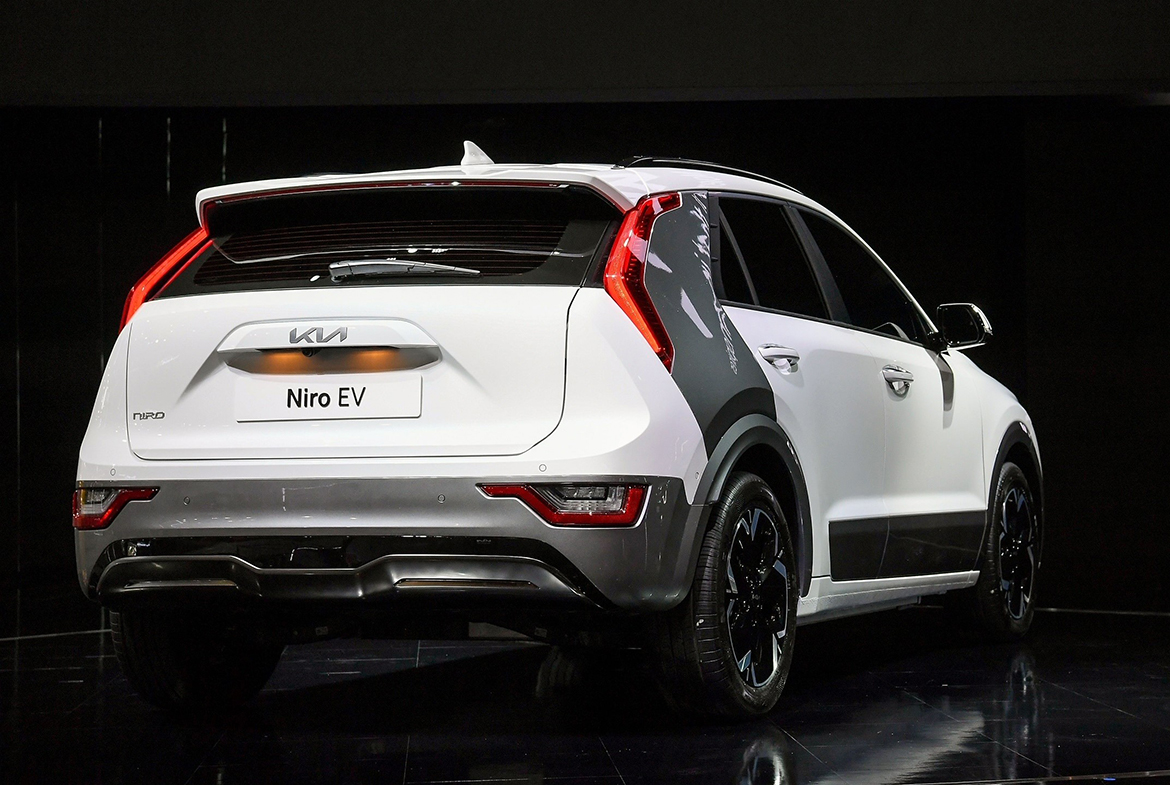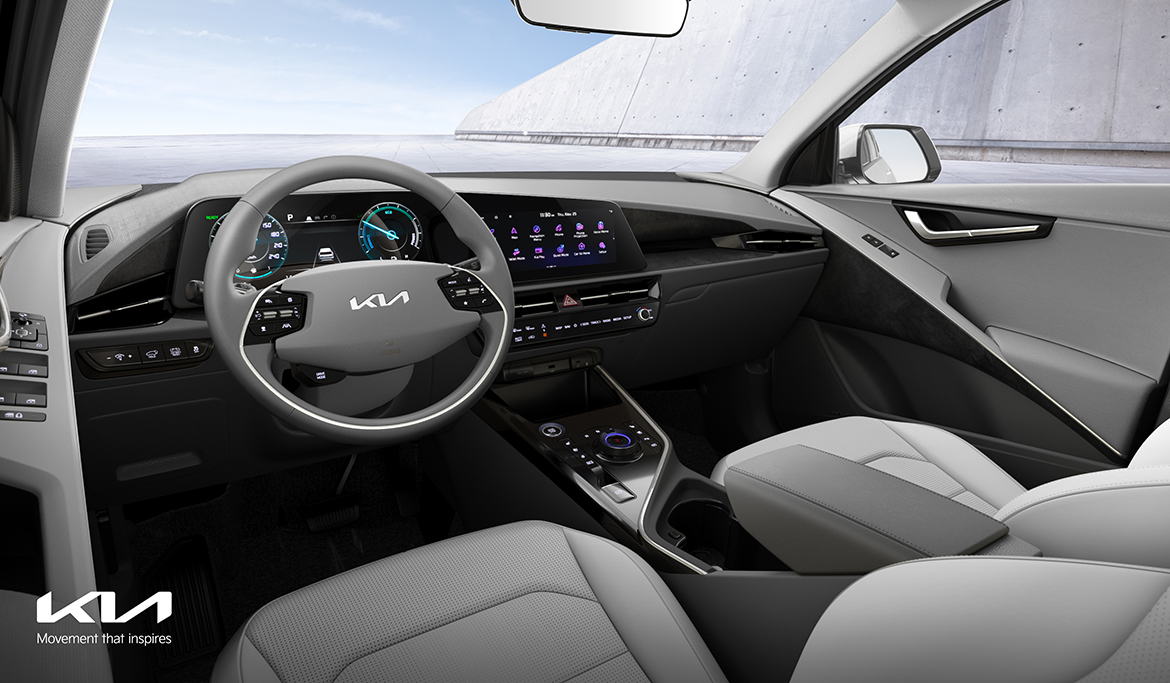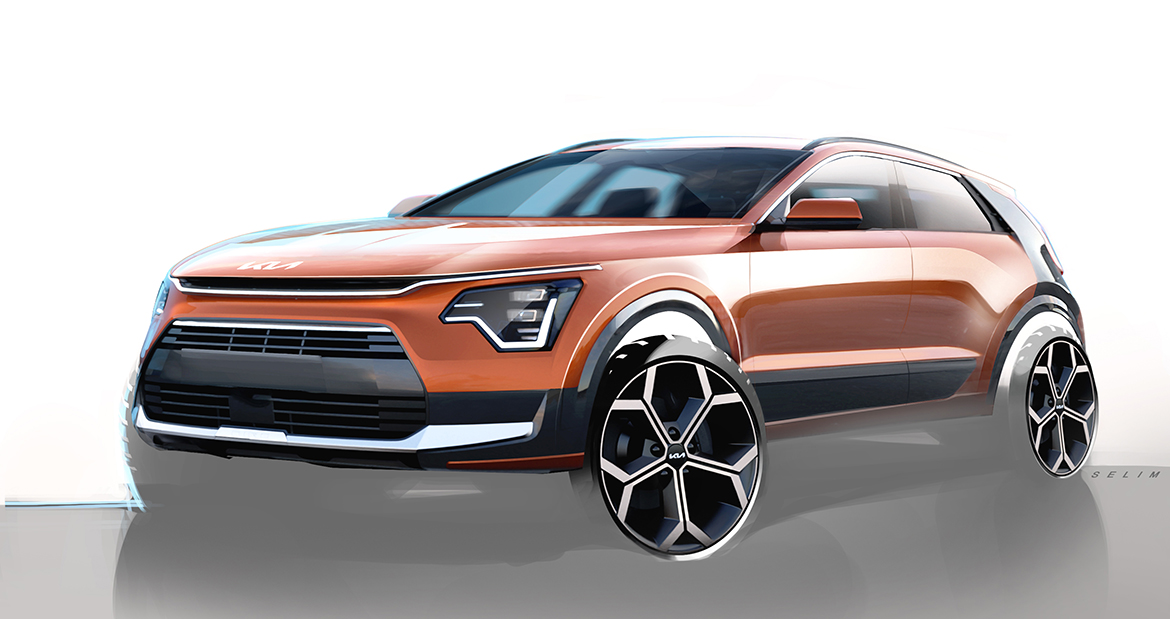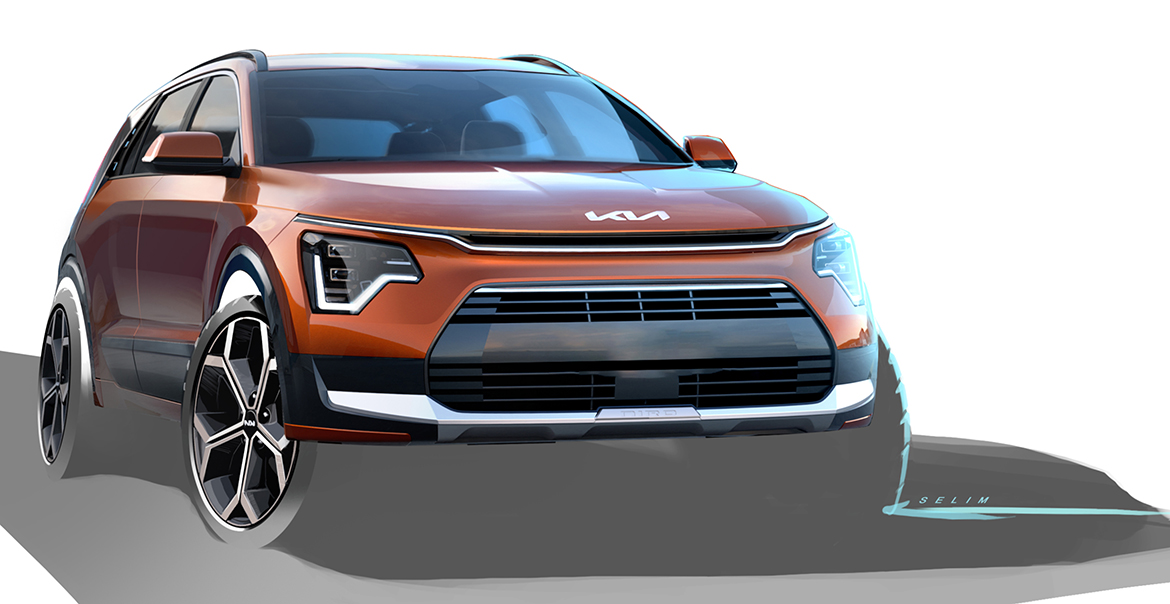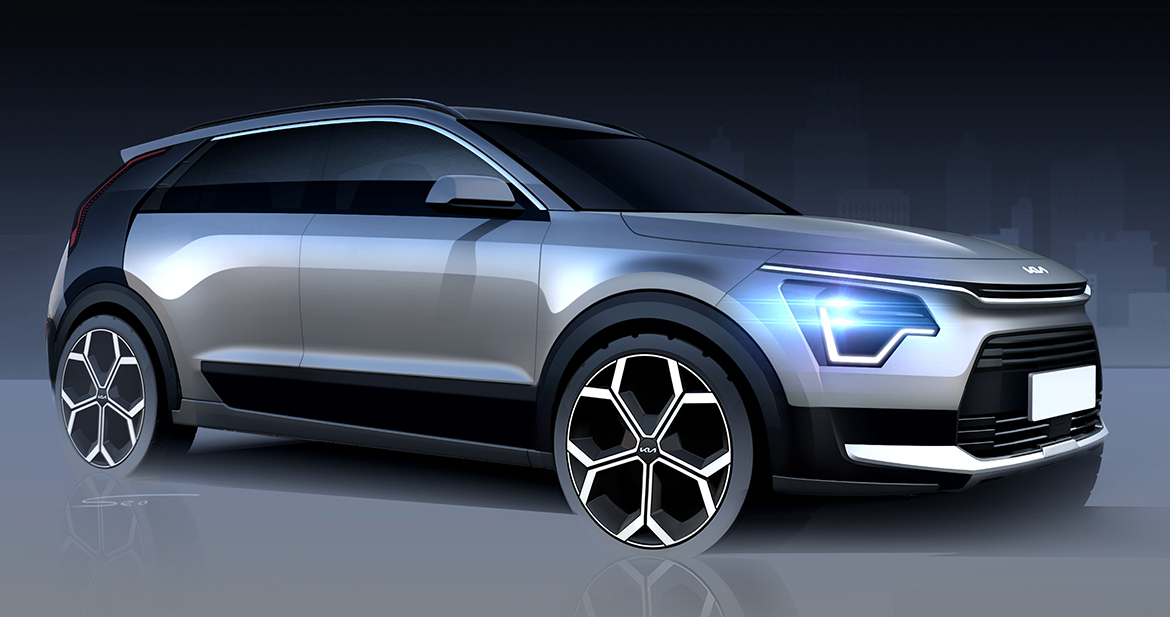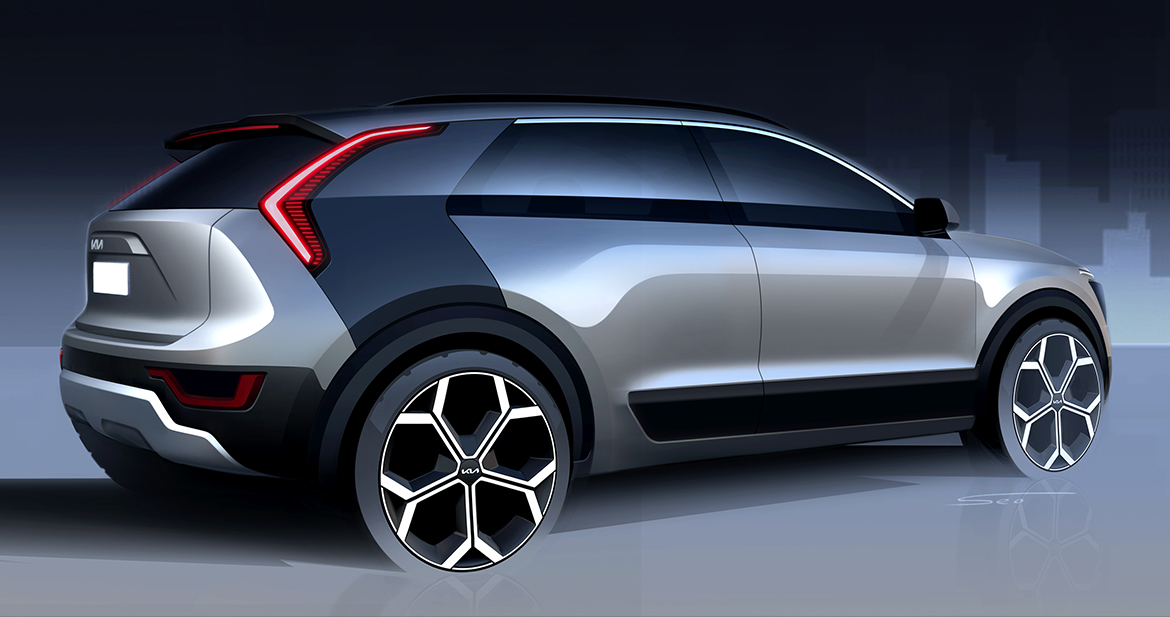Kia has completely redesigned the Niro to respond in a more timely manner to the expectations of today’s motorists, who are increasingly sensitive, according to the statement, to the respect and protection of the environment. The new generation is therefore proposed exclusively with three electrified engines and new ecological and sustainable materials for the interior. Completely redesigned from scratch, the Niro was developed by the design team led by Karim Habib, following the company’s “Opposites United” styling philosophy inaugurated by the electric EV6. The inspiration from nature is also shown by the choice of colors, materials and finishes that aim to seek a balance aimed at environmental sustainability.
The influence of the Habaniro concept car unveiled in 2019 is strong in the Niro, from the front-end layout with few air intakes to the design of headlights and daytime running lights to the choice of several elements with contrasting colors. The styling research was also geared towards efficiency: a wide pillar at the rear improves airflow by reducing resistance and merges with boomerang-shaped tail lights. The Niro measures 4,420 mm in length, 1,825 mm in width and 1,570 mm in height and is based on the third-generation “K” platform, which allowed for a wheelbase of 2,720 mm and, consequently, new proportions.
Kia’s typical “Tiger Face” has been further evolved on this model and now extends from the hood to the fenders below. The design of the headlamps creates a rather incisive styling of the rear, defining the shoulders of the vehicle, while a certain dynamism is given by the choice of coloring the last pillar in contrast to the rest of the body.
For the Niro, the designers have chosen upholstery made from recycled materials: the headlining, for example, is made from recycled wallpaper, the seats are made from Bio PU with Tencel from eucalyptus leaves, while the door panels use BTX-free paint to minimise environmental impact. The general lines of the passenger compartment reflect those seen on the EV6, with horizontal and diagonal lines that surround the driver and passengers with the intention of creating a relaxing atmosphere. In particular, the two large displays for instrumentation and infotainment control stand out, enclosed in a single element without bezels.


